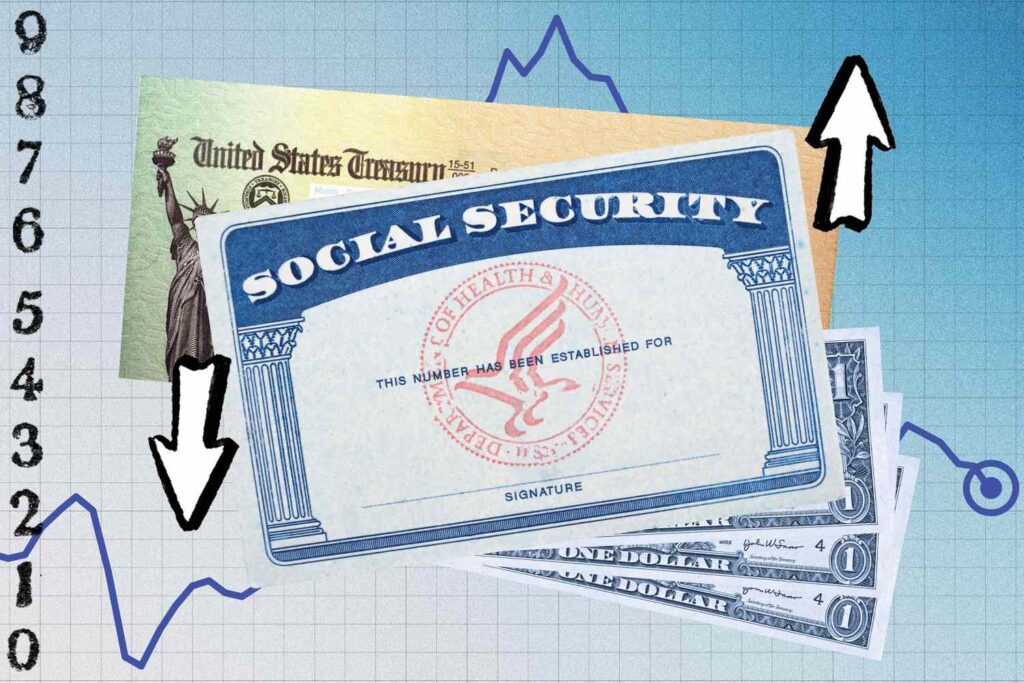KEY TAKEAWAYS
- A proposed bill would increase Social Security benefits by an extra $200 for the first six months of 2026.
- Lawmakers say this tax-free boost would help beneficiaries afford rising costs for essential expenses, such as medication and groceries.
Your Social Security check could be a couple of hundred dollars bigger in the first half of 2026, if a proposed Congressional bill passes.
Several Democratic lawmakers introduced a bill to the Senate at the end of October that would raise monthly Social Security payments by $200 starting in January and ending on June 30. They say these additional benefits would help beneficiaries keep up with the increasing costs of essentials, such as medication and groceries.
“Our seniors have spent a lifetime of hard work paying into Social Security, but the payouts simply aren’t keeping up with rising costs, and this year’s annual cost-of-living adjustment is not enough to keep seniors afloat,” said Senator Kirsten Gillibrand (D-NY), in a prepared statement.
Why This Matters to Beneficiaries
Many older Americans, who typically have higher expenses than the average worker, have struggled to afford rising costs. Lawmakers say this proposed boost, which has yet to be voted on by the Senate or the House, could help Social Security beneficiaries afford essentials next year.
What Would The $200 Payment Mean For You?
The proposed payments would be in addition to the 2.8% COLA increase for 2026 Social Security benefits, which will result in approximately a $56 increase in monthly checks.
The $200 payments would be given to beneficiaries who receive Social Security payments, Supplemental Security Income, railroad retirement benefits, and veterans’ benefits, if the proposed bill is enacted. The additional payments would also not be considered beneficiaries’ income, meaning the extra $200 will be essentially tax-free.
Why Is The Extra Payment Needed?
Many lawmakers and advocates have argued that the formula the Social Security Administration currently uses does not reflect the actual expenses of beneficiaries.
Annual cost-of-living adjustments for Social Security benefits are calculated using the Consumer Price Index for Urban Wage Earners and Clerical Workers (CPI-W). However, some legislators and advocates argue for using the Consumer Price Index for Americans aged 62 and older, known as CPI-E.
The CPI-E is an experimental inflation index, and as such, has a wider margin of error compared to CPI-W. However, critics of the current calculations say it would ensure benefits more accurately reflect the rising costs Social Security beneficiaries face.
Some Social Security beneficiaries have reported that their checks are not keeping up with rising prices. According to a survey by AARP, the majority of older Americans believe that the 2026 cost-of-living increase will likely be insufficient to keep pace with their rising costs.
Premiums for Medicare Part B, which many Social Security beneficiaries must pay, are expected to outpace the 2026 COLA. Other medical costs, such as prescription drugs and hospital stays, have continued to increase and consume a larger portion of beneficiaries’ checks.

